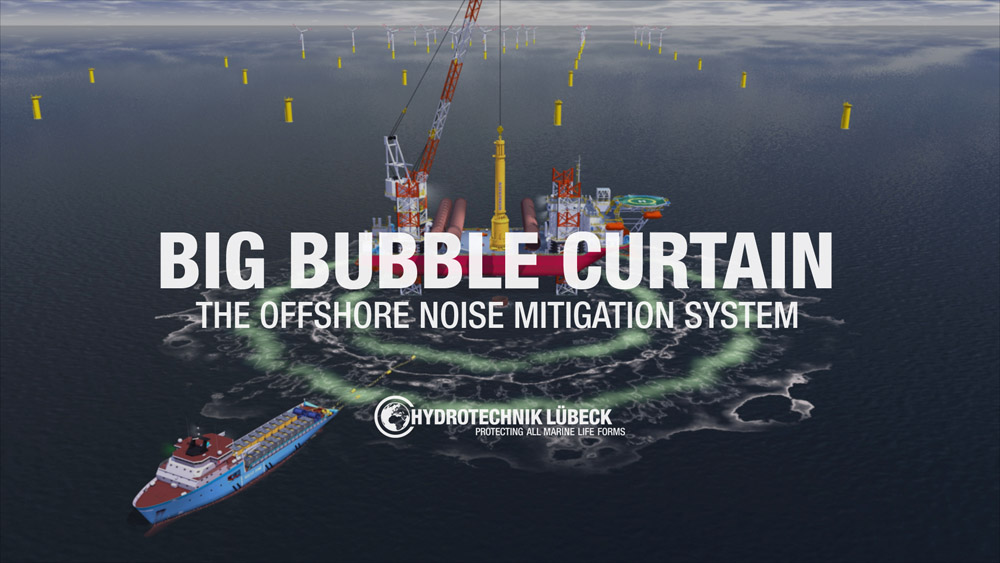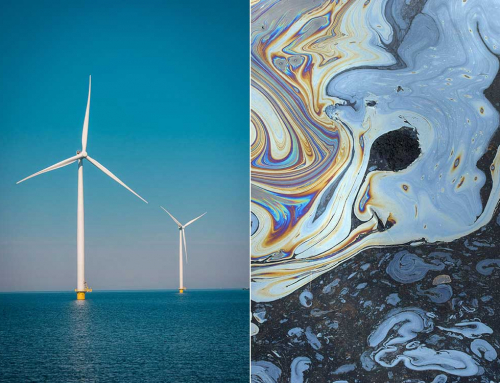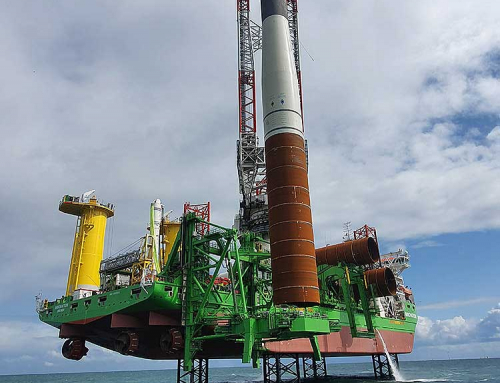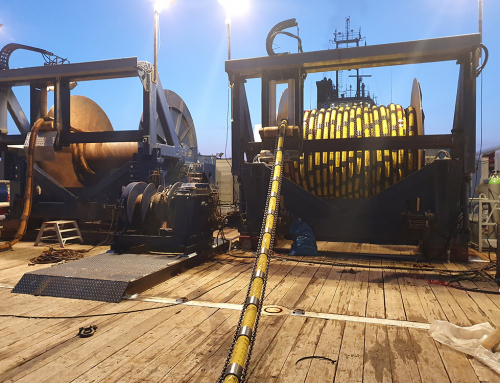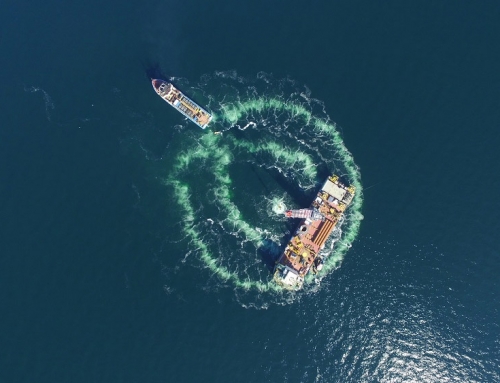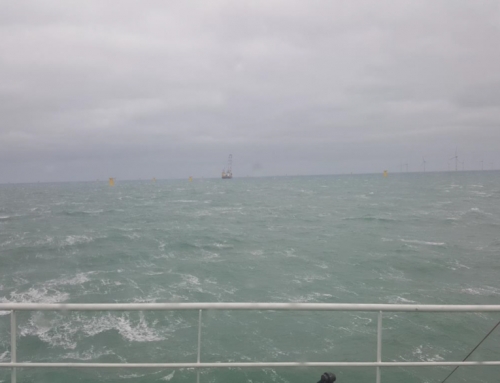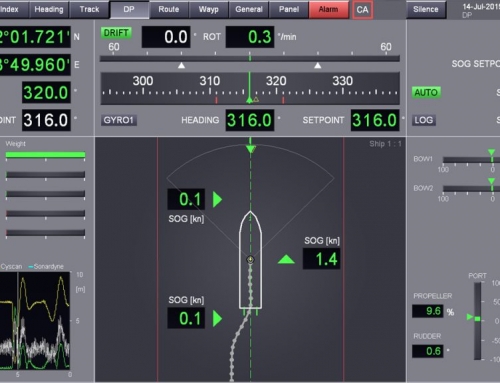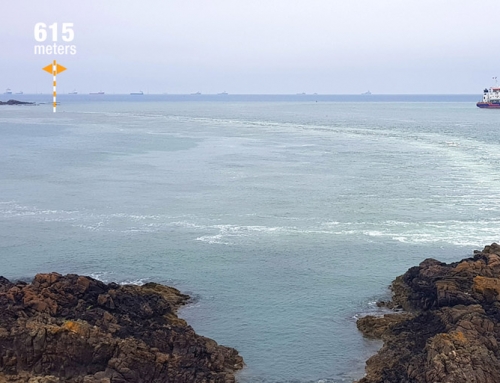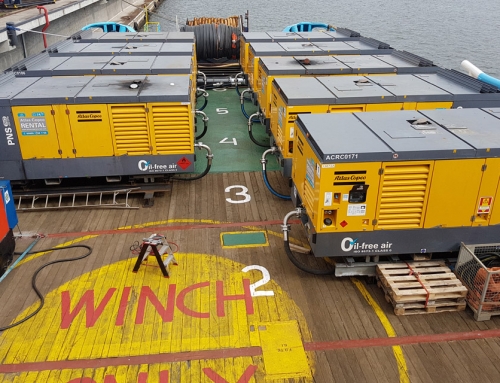We love what we do. That is why we have updated our product film. It shows our work in the field of offshore noise mitigation in a 3D animation film. We hope our enthusiasm is evident. ULRIKE DREYER CONSULTING is the producer of the film.
The starting point for the development of the Noise Mitigation System Offshore
When building offshore wind turbines, oil platforms, research platforms, and others, foundations are driven into the seabed with high energy, bores are made, or foundations are poured. This creates enormous underwater noise, which spreads 4.3 times faster and further in the water body than over water. Marine mammals – especially porpoises – can be severely damaged by sound waves in the water if exposed to them briefly or even permanently.
Data and facts on the development of Noise Mitigation Offshore
In the HYDROSCHALL-OFF BW II project, the large bubble curtain soundproofing system was tested and further developed during the construction of the offshore wind farm Borkum West II under real conditions with a view to later series production. The effectiveness concerning a reduced disturbance effect on harbor porpoises was checked by acoustic monitoring of harbor porpoises using C-PODs.
Big Bubble Barrier has proven itself
The use of reel-up nozzle hoses has proven its worth when applying the large bubble curtain. A deployment scheme prevented delays in the construction process. When using the noise protection system BBC 2 with the best combination of practicability and achieved noise reduction, the 5% percentile level of the SEL in 73% of all pile driving was below the noise protection limit value for the single event level (SEL5) of 160 dBSEL and in at 750 m distance from the BMU / BSH no case over 163 dBSEL. With both BBC 1 and BBC 2, the peak level always fell below the required 190 dBLPeak. With the BBC 2, the peak level (Lpeak) fell below 184 dBLPeak in nine out of twelve cases. The noise reduction achieved here was 9 dBSEL – 13 dBSEL at the single event level (SEL50) and 10 dBLPeak – 17 dBLPeak at the peak level. The detection limit for a disruptive effect of the impulse-like pile-driving noise on porpoises in this study was 144 dBSEL for the single event level (SEL50), corresponding to 15 km for pile-driving without and 4.8 km for pile-driving with the use of the large bubble curtain.
By reducing the sound intensity, the disturbed area was also reduced by 90%. The project is worldwide the first one in which a noise reduction system has been successfully used on a large scale under offshore conditions. The large bubble veil proved to be a suitable system. The experiences from the project form an important basis for the future application of noise reduction measures in the expansion of offshore wind energy in Germany.


